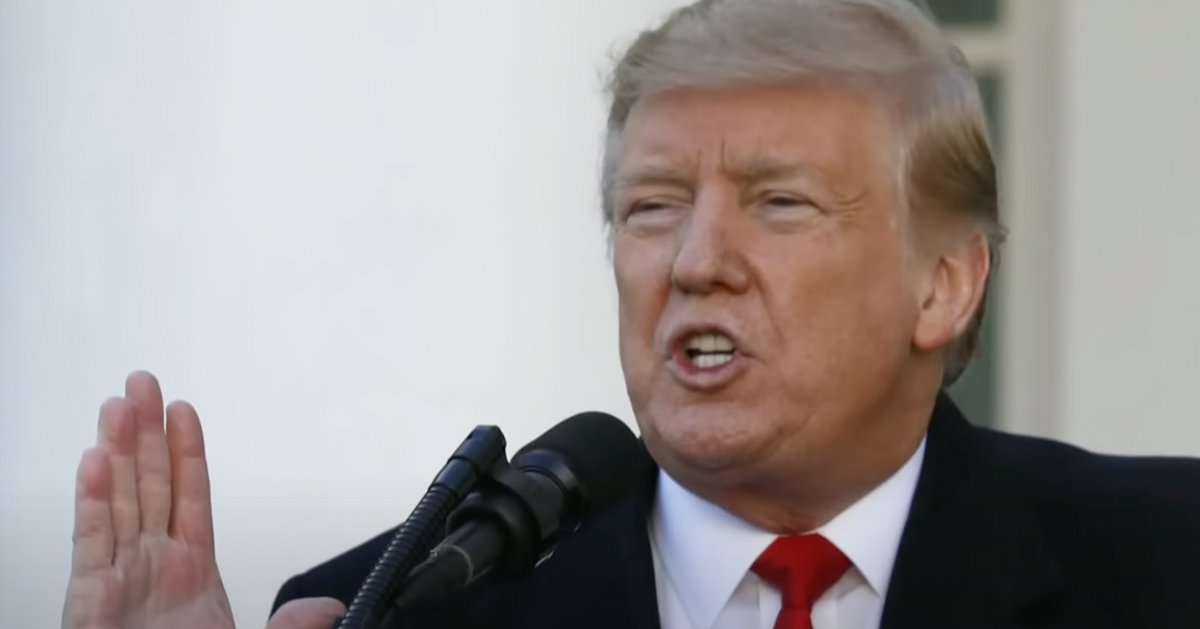Administration seeks to address avian flu in effort to lower egg prices
The White House is developing a new strategy to address the avian flu that has led to significantly increased egg prices, and the shift comes amid widespread criticism of the prior administration’s tactics dealing with the outbreak.
The Trump administration is aiming to tackle the avian flu problem to alleviate egg inflation, citing previous management methods as counterproductive, as Fox Business reports.
Kevin Hassett, National Economic Council Director, highlighted that efforts are being made to present President Donald Trump with a comprehensive plan next week.
This plan, formulated in partnership with Agriculture Secretary Brooke Rollins, aims to prevent the unnecessary culling of millions of chickens, a method previously employed by the Biden administration. Instead, the focus is on more sustainable approaches centered around enhanced security measures and the strategic use of medication.
Addressing Inflation, Egg Prices
Under the Biden administration, the United States saw over 100 million chickens culled to manage the spread of avian flu. However, this method has drawn criticism for its economic impact. The culling process, intended to form protective perimeters around outbreaks, has instead been blamed for driving up egg prices substantially.
Egg prices have soared by 15% since January, and they have ballooned by a shocking 53% year-over-year. The price of a dozen Large Grade A eggs is nearing the $5.00 mark, pressuring consumers and adding to existing financial strains.
When addressing these economic concerns, Hassett noted the inflationary trends not only affect eggs but span across all goods. He highlights the broader inflation rate, which has averaged 4.6% over the past three months, attributing the situation largely to the economic policies of former President Joe Biden.
Proposed Trump Administration Plan
The Trump administration’s prospective plan diverges sharply from the previous administration’s aggressive periphery approach. Rather than blanket killings within affected zones, the new strategy will lean on biosecurity measures and potential bird vaccinations, which are currently under research, to prevent future outbreaks.
Kevin Hassett describes the ongoing efforts, mentioning the work with leading government scientists. He explained, “The Biden plan was to just, you know, kill chickens, and they spent billions of dollars just randomly killing within a perimeter where they found a sick chicken.” The Trump administration intends to “finalize the ideas about how to do that with the best scientists in government,” aiming for a more intelligent and precise perimeter strategy.
Criticism of Biden Approach
The shift in strategy appears rooted in dissatisfaction with the economic outcomes prompted by the earlier culling directive. Critics argue this method failed to consider the broader implications on the national food supply and economy.
While addressing inflation, Hassett pointed to data showing a staggering acceleration in the consumer price index. He emphasized that inflation over the Biden term has exacerbated economic woes, noting the change in rates as unusually elevated above targets.
Such economic variables, coupled with the public discontent regarding egg prices, signify a pressing need for a revised approach. Conversations around this issue appear to focus not only on averting further food supply strain but also on ensuring sustainable and non-destructive health measures.
Objectives of New Strategy
The overarching goal of the new strategy is clear: to prevent further inflation and ensure food security by implementing more scientific and effective methods. The approach seemingly values both economic stability and animal welfare, intending to curtail unnecessary losses and poor resource management.
This nuanced plan is expected to consider the multifaceted effects of culling, including the economic ramifications and food accessibility. With high stakes, both economically and agriculturally, the effectiveness of these proposed solutions remains to be seen.
In the meantime, Hassett’s comments reflect an ambition to mitigate widespread economic discomfort and reassure those hit hardest by the surging egg prices. As the administration works towards finalizing and implementing its strategic plan, the hope is to restore economic confidence and address the avian flu crisis effectively.
Commitment to addressing inflated egg prices and improving biosecurity reflects a significant economic and policy pivot. The change could signal a broader trend towards more balanced, scientifically-supported animal health measures that do not create adverse economic impacts.
The White House's push for a novel approach underscores the ever-evolving nature of managing complex agricultural dilemmas in a manner that serves public interest and economic stability.
As the administration prepares to roll out its recommendations, much rests on the potential collaboration between scientific experts and policymakers to achieve a responsibly managed solution to this pressing issue.




